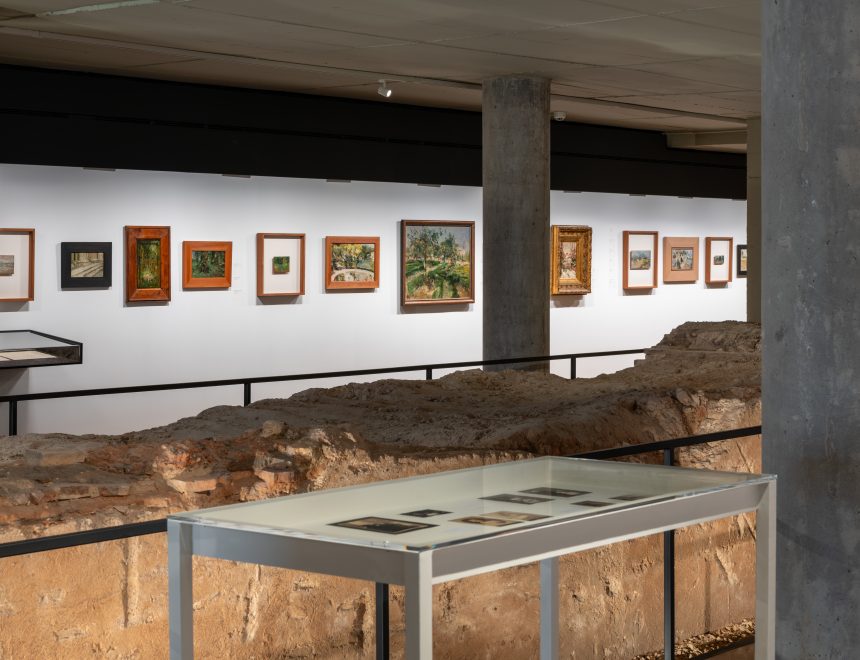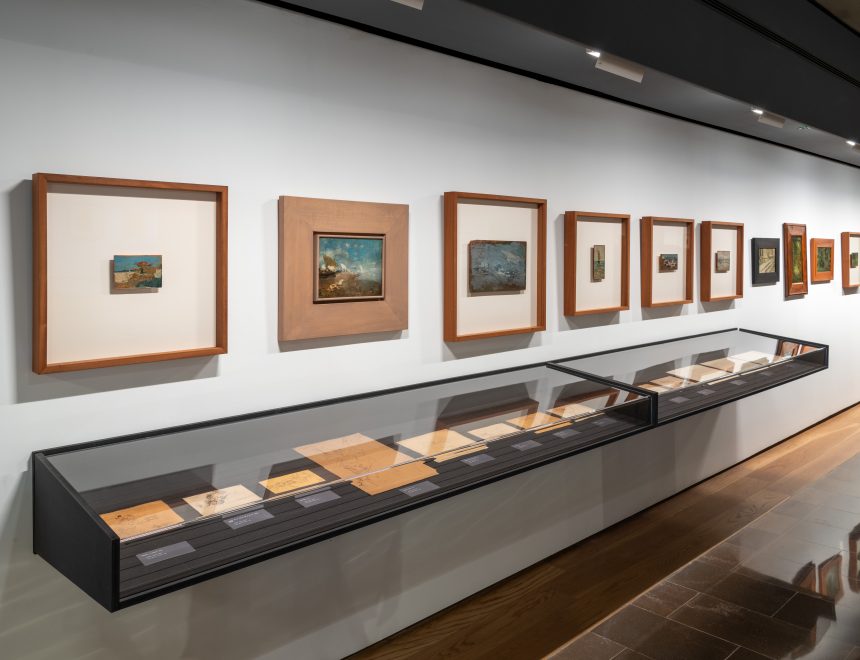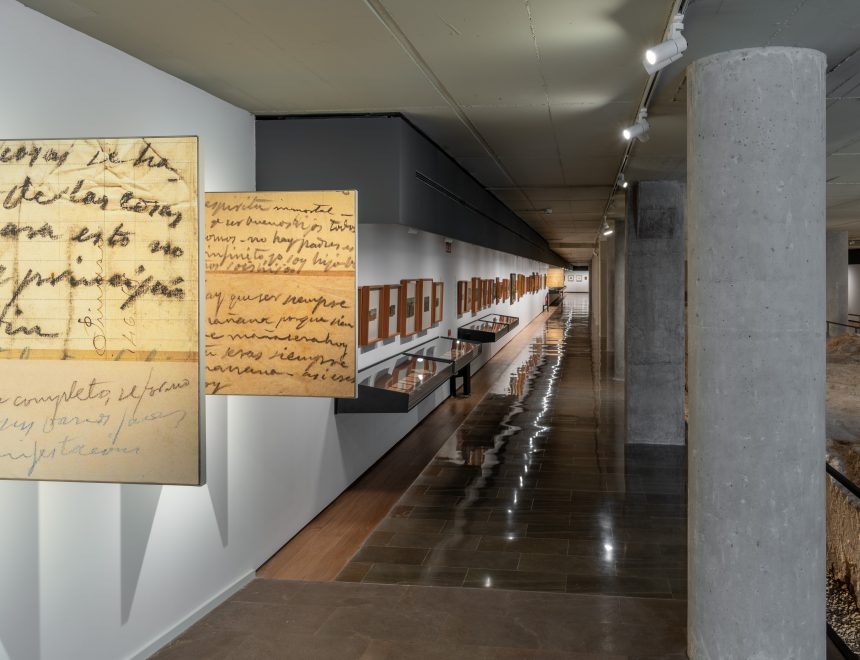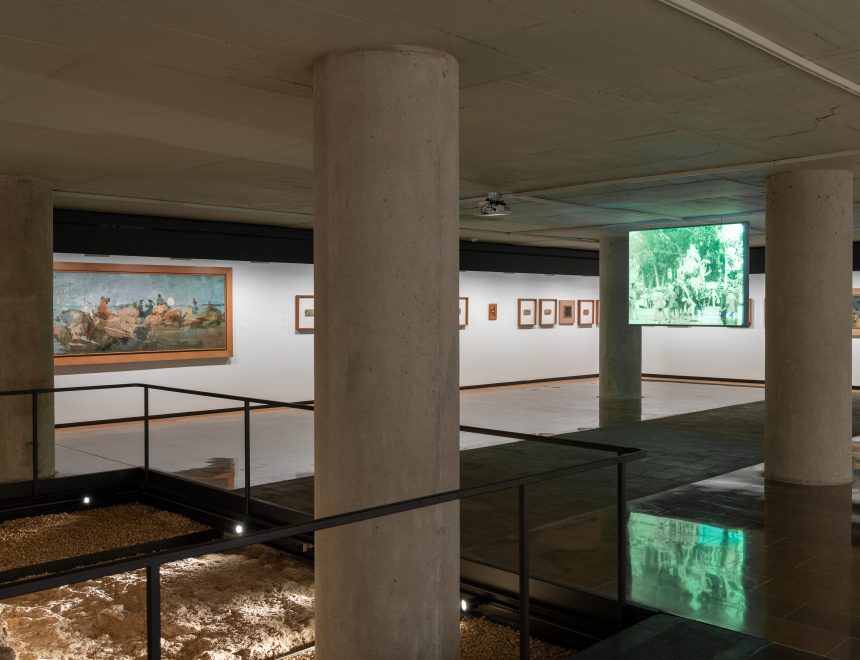Pinazo: Identities
The present project proposes a new reading of the work of Ignacio Pinazo Camarlench as an artist who, consciously and systematically, dedicated a good portion of his reflections, his work process and his art to the representation of people in their individual, collective and genealogical dimension, as transmitters, receivers and interpreters of identities.
The proposal will materialise through the deployment of this approach throughout three areas in each of which representational problems will intersect with different regimes of implicit temporalities, political contexts, ways of doing things and gestures:
In the first area, called Recognitions, the political concepts put into play would be that of the differential/otherness, intersubjectivity and recognition (from the double meaning of who represents and who is the subject of representation). The ways of doing, for their part, would be those of inquiry, intention and knowledge, closely linked to the gestures of gaze, reflection and communication. Portraits and figure studies will provide the works for this section.
In Anonymities complex and not very optimistic political perceptions, the concepts of the social, the collective and the heteronomic would politically support the ways of doing things based on play, immersion and chance, as well as gestures typical of walking, drifting and the encounters never fully determined and translated into visual gestures and compositional strategies. Representations of human groups, both in public and restricted spaces, will be chosen for this section.
In Absences, the political concepts of heritage, legacy and tradition will establish here the network of interpretation proposed to embrace the recovery of archaeological ways of doing things, based on processes of emptying and iteration, and combined, not always in correlation, with the gestures of the discovery, the paralysis and registration/collection of fingerprints. This area of identities configured from genealogies will be marked by the layout of rural landscapes.
The exhibition is mostly made up of the IVAM’s Collection, with around 50 paintings and a hundred drawings, which are completed by works from the Casa-Museo Pinazo, the Academia de Bellas Artes de San Carlos de Valencia, the Museo de Bellas Artes de Valencia, and other artworks from private Valencian collections. An important visual role is also proposed for some of the artist’s unpublished texts.







